‘India’s Power Elite: Class, Caste and a Cultural Revolution’ review
‘India’s Power Elite: Class, Caste and a Cultural Revolution’ reviewon Apr 12, 2021
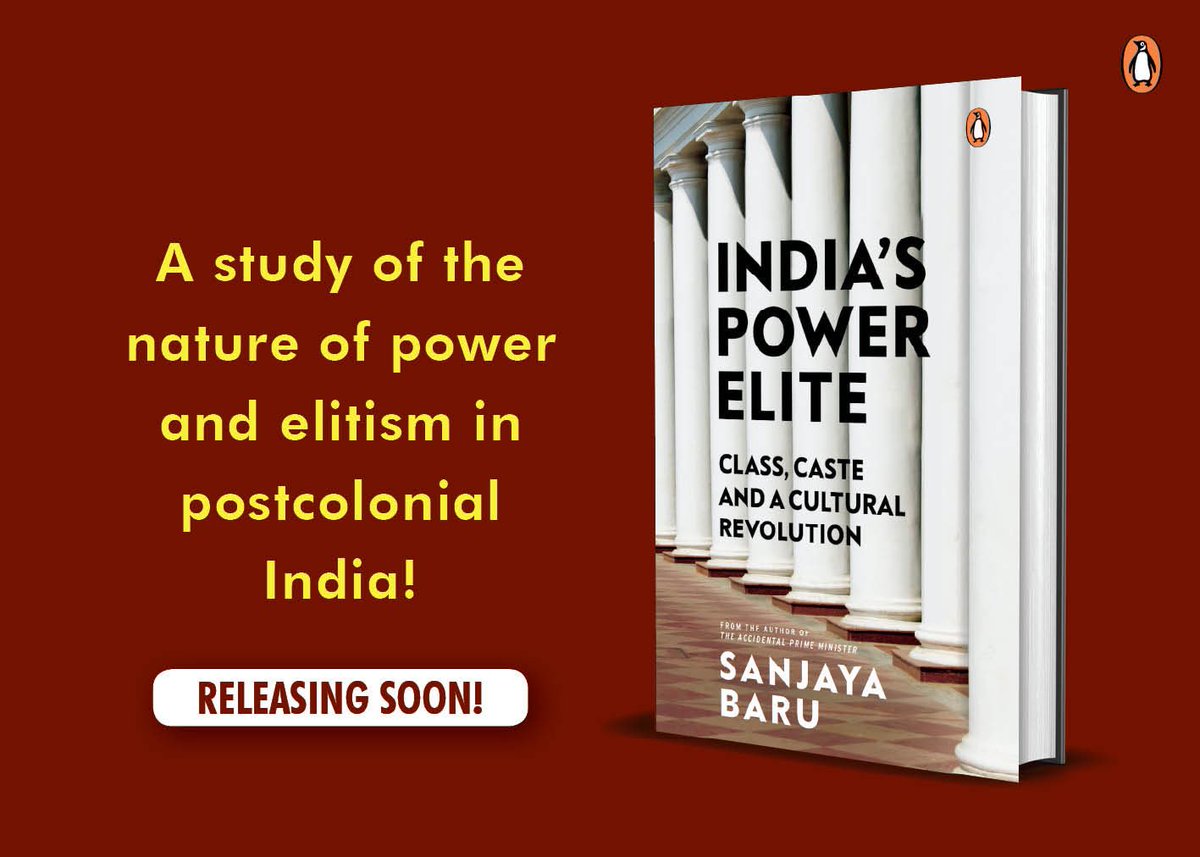
Sanjaya Baru captures the churn brought about by the 2014 general election, the rise of the BJP and its impact on the social and cultural landscape
The ascent of Prime Minister Narendra Modi in the national arena has disrupted politics as we knew it. The dominance of Modi and that of the Bharatiya Janata Party over political discourse and elections, both national and Assembly, sometimes winning a State even when the party had no footprint there, has dismantled coalition politics that was prevalent over the last 30 years. Political commentators and sociologists have been exploring ideas and templates to capture the nature of the changes that this electoral dominance has engendered. On the electoral side, political scientists claim that India has now entered a phase where the BJP is in a position once occupied by the Congress. In India’s Power Elite, Sanjaya Baru tries to capture not just the churn brought about by the 2014 general election and the decline of the Congress in the political sphere, but its impact on the social and cultural landscape, and the nuts and bolts that make up India’s elite. The received wisdom currently is that Prime Minister Modi has no interest in adjusting or co-opting the existing elite in Delhi unlike his predecessors including Atal Bihari Vajpayee. By coining phrases like “Lutyens’ Elite” and “Khan Market Gang”, Modi has drawn a very clear line between himself, representing a subaltern upsurge, versus the patronage-driven cosmopolitan elite in Delhi. According to Baru, a “mix of Hindu nationalism and anti-elitism has become the basis of a new phase in Indian politics that many believe defines what Modi has termed as ‘New India’.”Baru examines all these concepts in detail and finds that a new elite is being constructed or that the old elite is being infused by a large population of the new elite. Looking at theoretical constructs on what constitutes elitism, taking into its sweep writings by C. Wright Mills, Antonio Gramsci, M.N. Srinivas to Andre Beteille, this book is a bird’s eye view on the larger question of the construction of elites, the social classes they are drawn from, access to education and whether these theories can be applied to India.

.jpg)
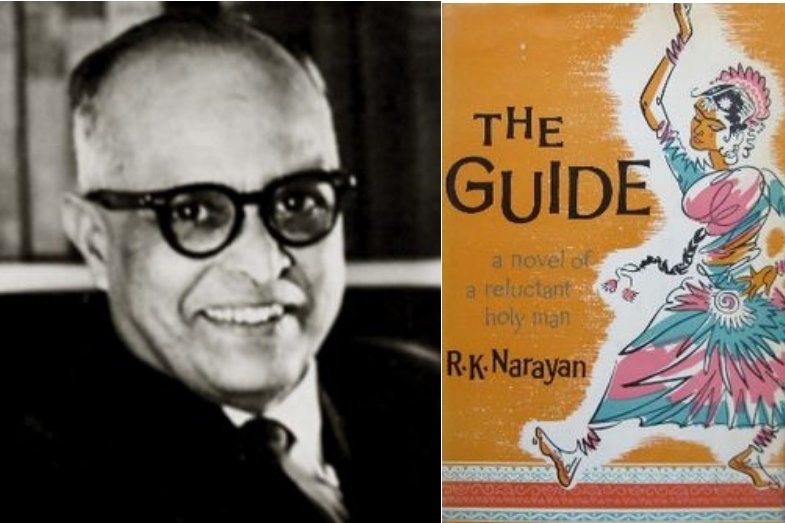






.jpg)
.jpeg)
.jpg)
.jpg)


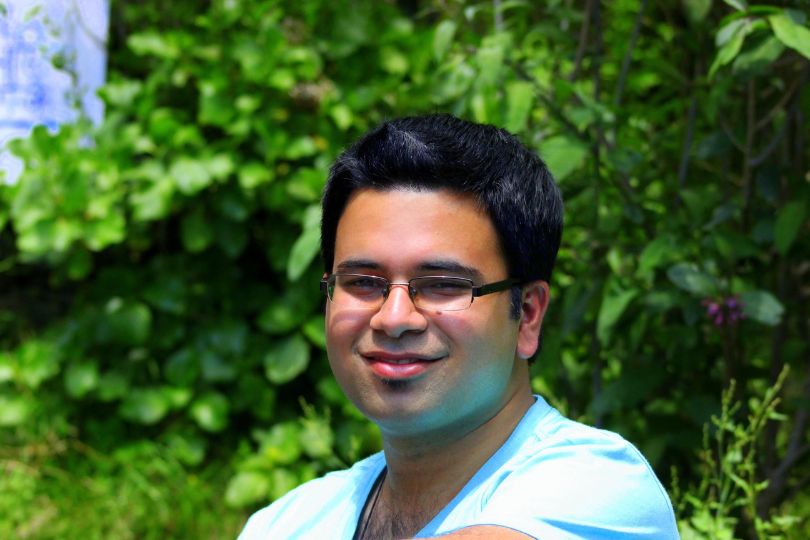

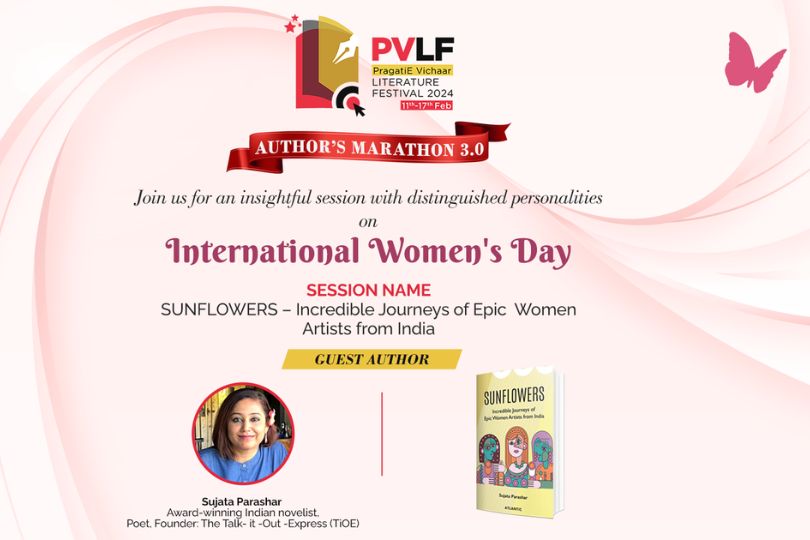

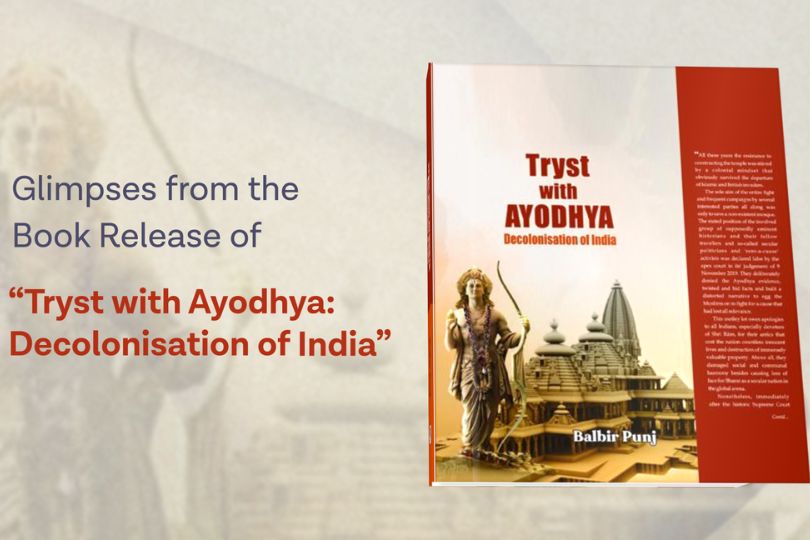


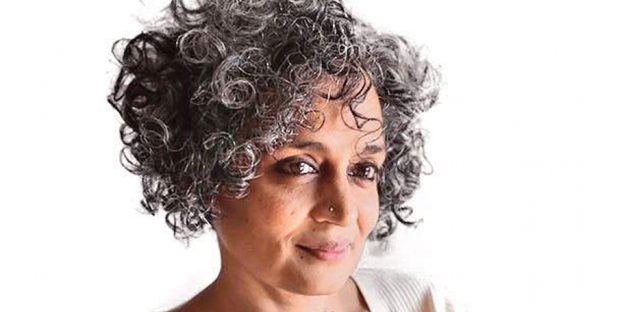


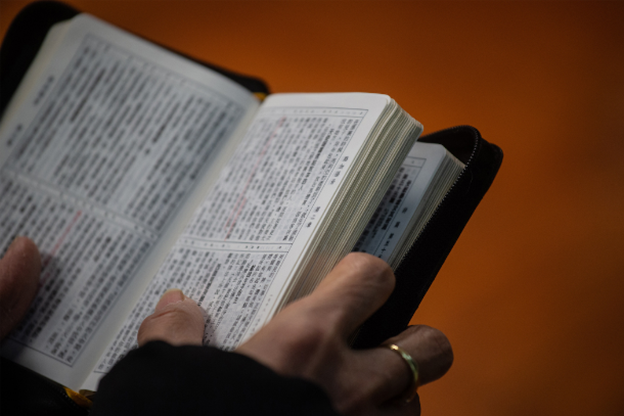


Sorry! No comment found for this post.